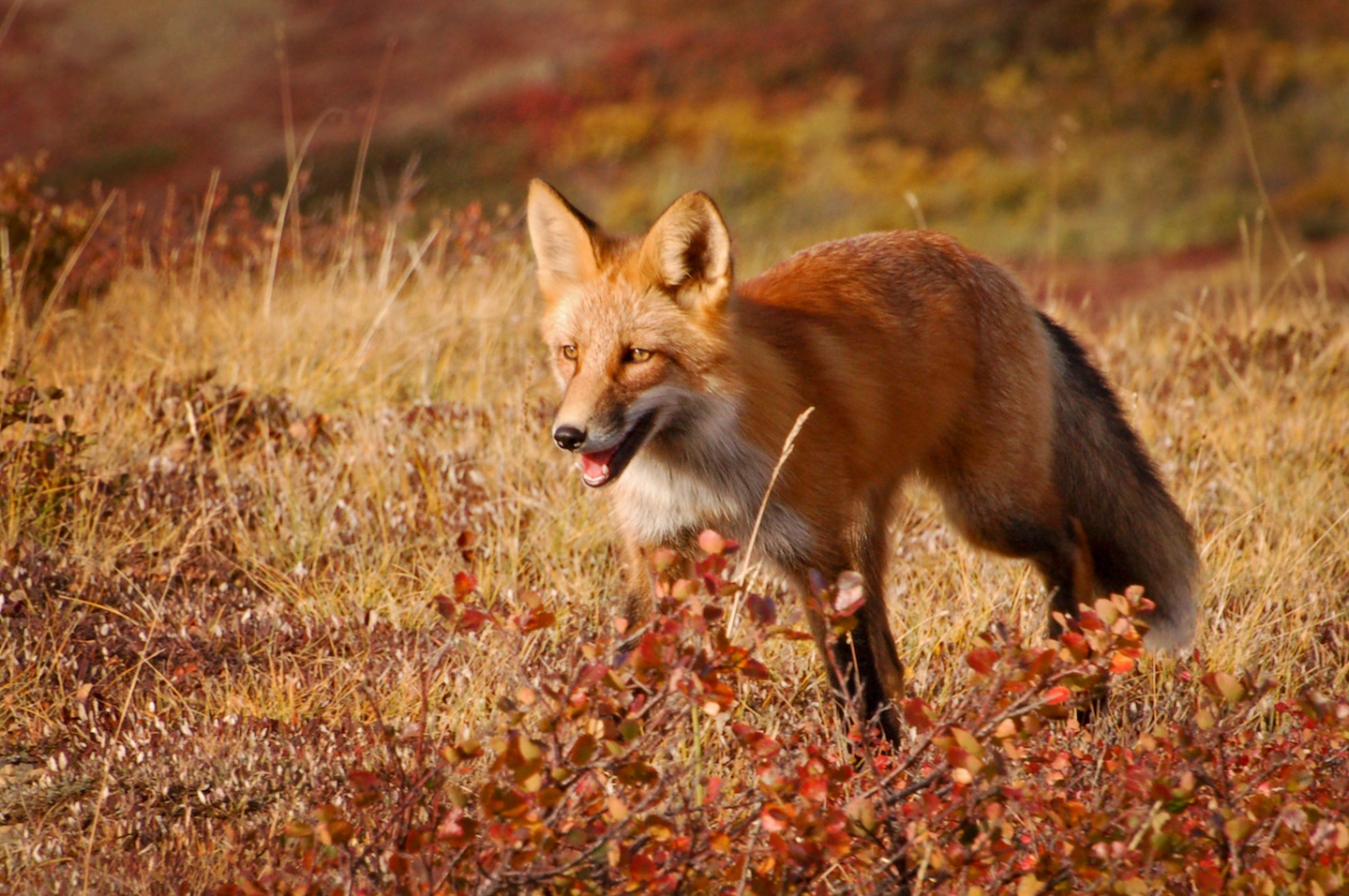It doesn’t matter whether you live in a rural, suburban, or urban area—you will have wildlife “neighbors.” Wildlife are a normal part of the landscape, and each species has a role to play in maintaining a healthy ecosystem.
Of course, if you aren’t used to seeing wildlife it can be shocking to see them roaming through your yard or neighborhood. You might wonder if that’s normal behavior. The guide below can help you figure out why the animal is there and if there’s any reason to be concerned or to seek assistance.
It isn’t uncommon to see birds, ground or tree squirrels, rabbits, or woodchucks out and about during the day. However, since many species of wildlife are nocturnal (active at night), seeing one of these animals during the day can make people wonder if the animal is sick. In most cases, the answer is no. Typically, seeing wildlife during the day is normal and isn’t anything to be worried about.
There are lots of reasons why typically nocturnal animals like coyotes, raccoons, skunks, opossums, and foxes are sometimes seen during the day. During the winter, animals need plenty of energy to stay alive. The animal may just need to do some extra hunting or scouting for food. During the late summer and early fall, many wildlife parents take their young out to show them where to forage or how to hunt. And in the fall, young animals leave their parents and start looking for their own territories. So you may see them scoping out the neighborhood for a new place to live.
Most of the time, wildlife try to stay away from people. But if they have young in a nest or den nearby, they may aggressively guard the area. Keep people and pets away from the nest or den site.
As long as the animal isn’t causing any damage, just let it go about its business. However, if the animal shows obvious signs of being sick or injured (such as walking in circles, not being able to move, etc.), then you may need to get help. Don’t try to handle the animal yourself. Contact your local animal control office or a wildlife rehabilitator.
Animals such as coyotes, foxes, bobcats, raccoons, and opossums are all active at night, especially around dusk and dawn. To make sure they don’t come too close to your home, be sure that pets are kept indoors at night, properly store garbage, don’t leave pet food outside, and keep your grill clean.


The Wildlife Illinois website was authorized by the Illinois Department of Natural Resources (IDNR) in partial fulfillment of project W-147-T. The website was developed by the National Great Rivers Research and Education Center, 2wav, and the IDNR in partnership with the United States Department of Agriculture Animal and Plant Health Inspection Service Wildlife Services and University of Illinois Extension to provide research-based information about how to coexist with Illinois wildlife.